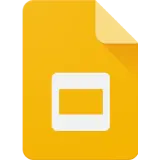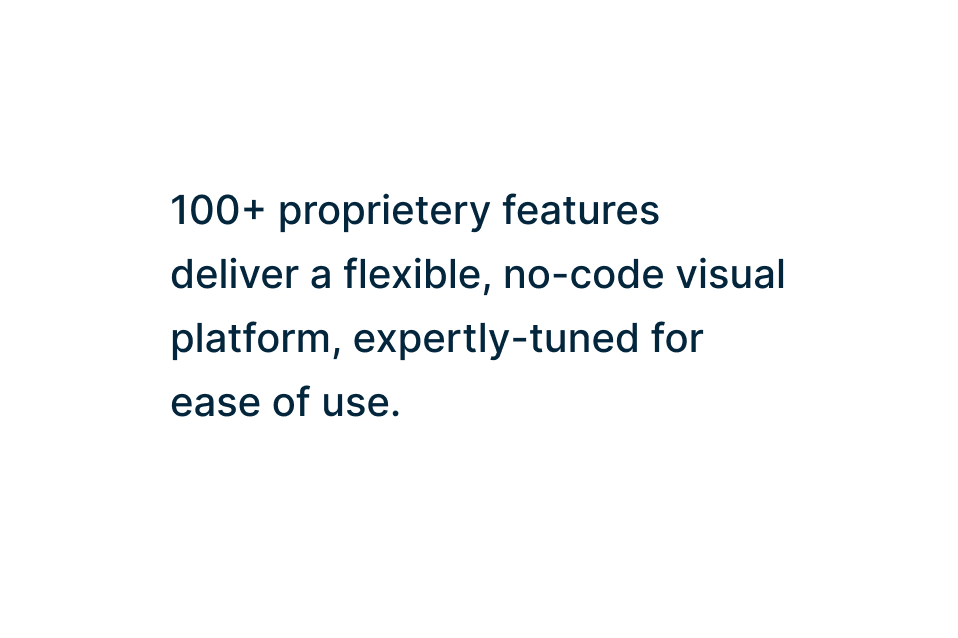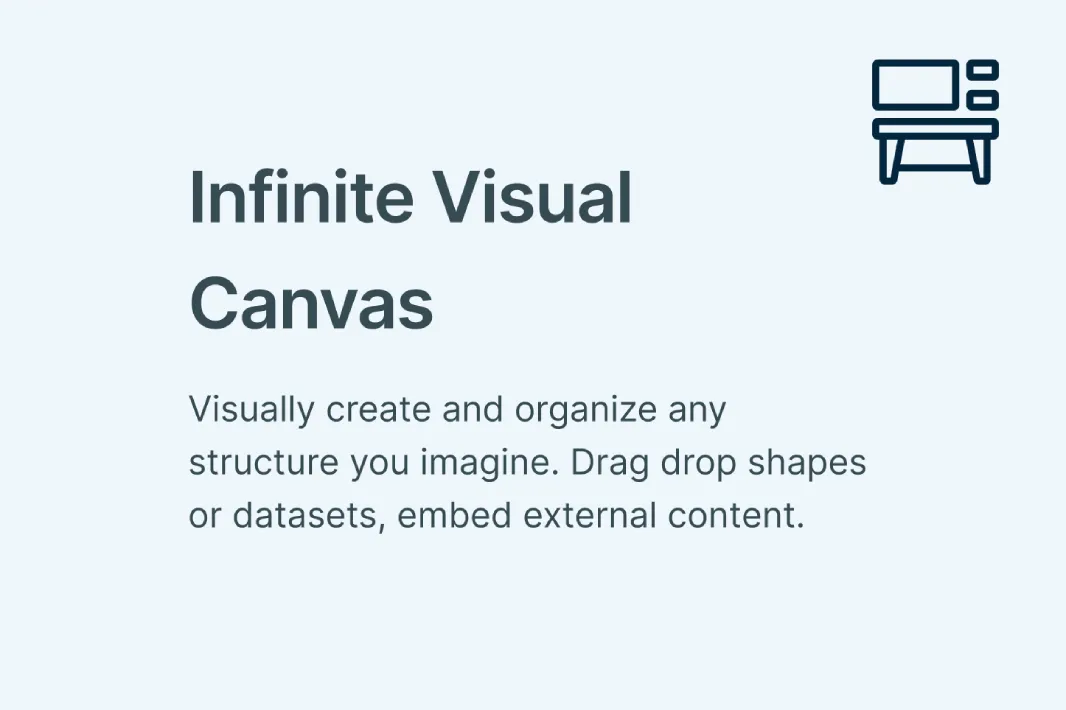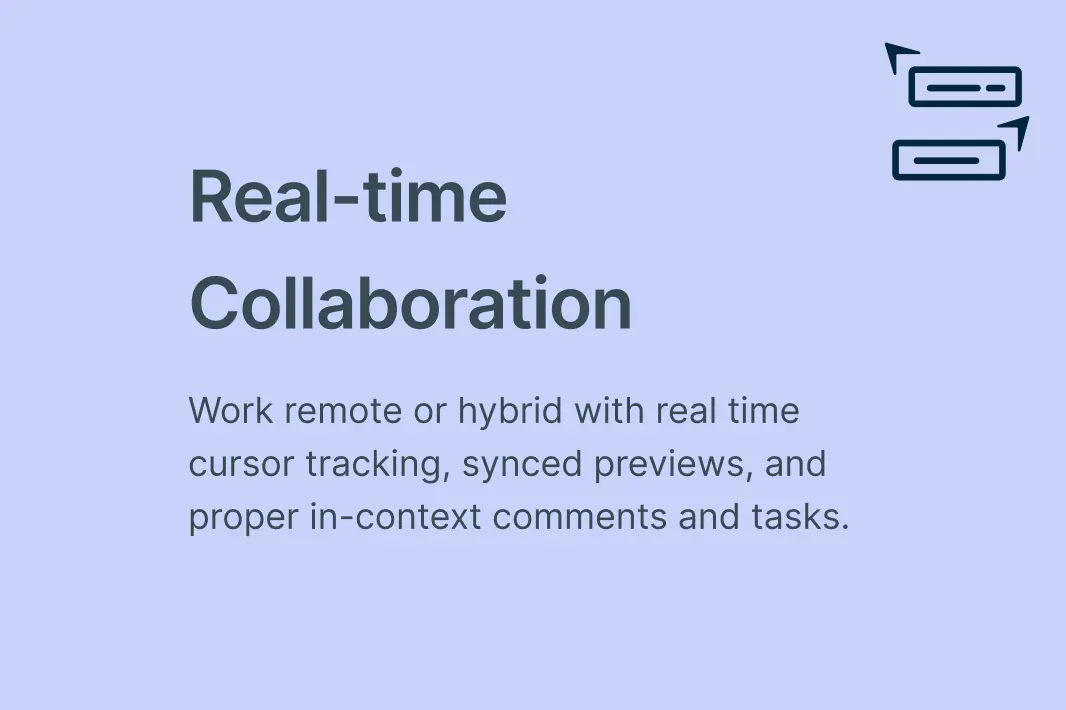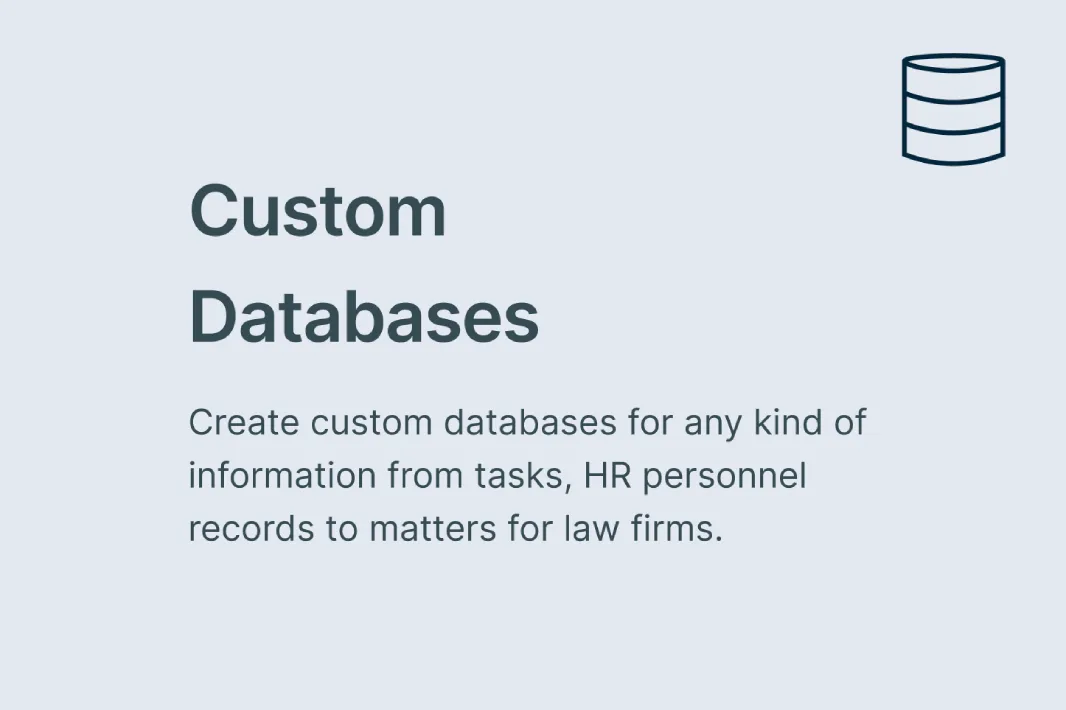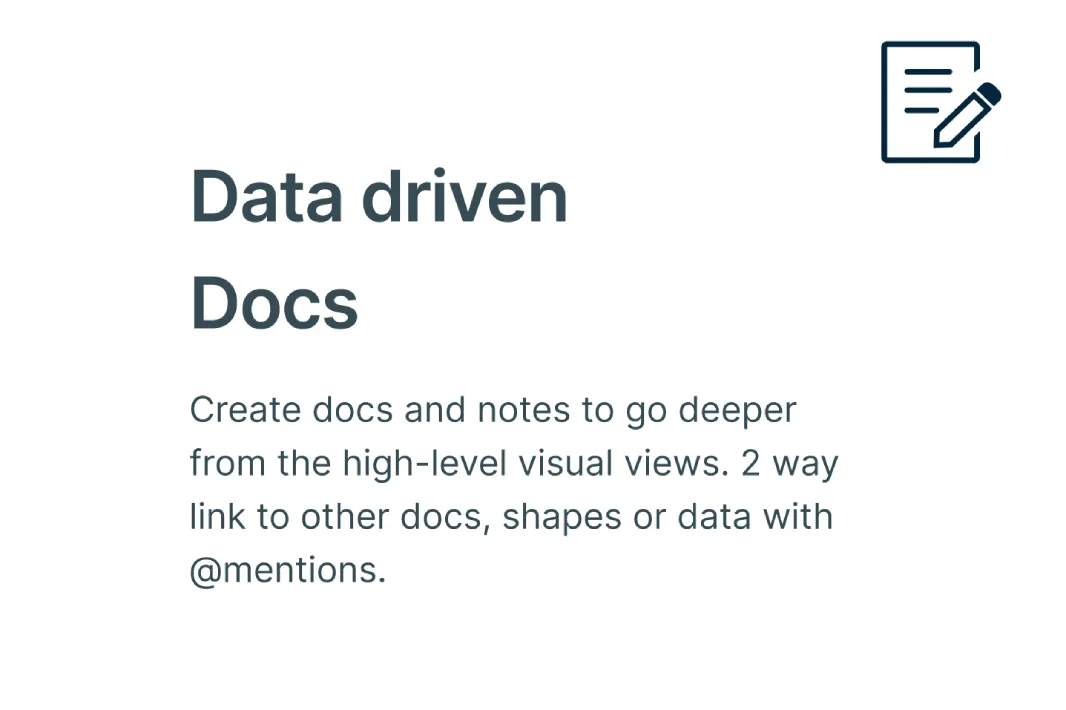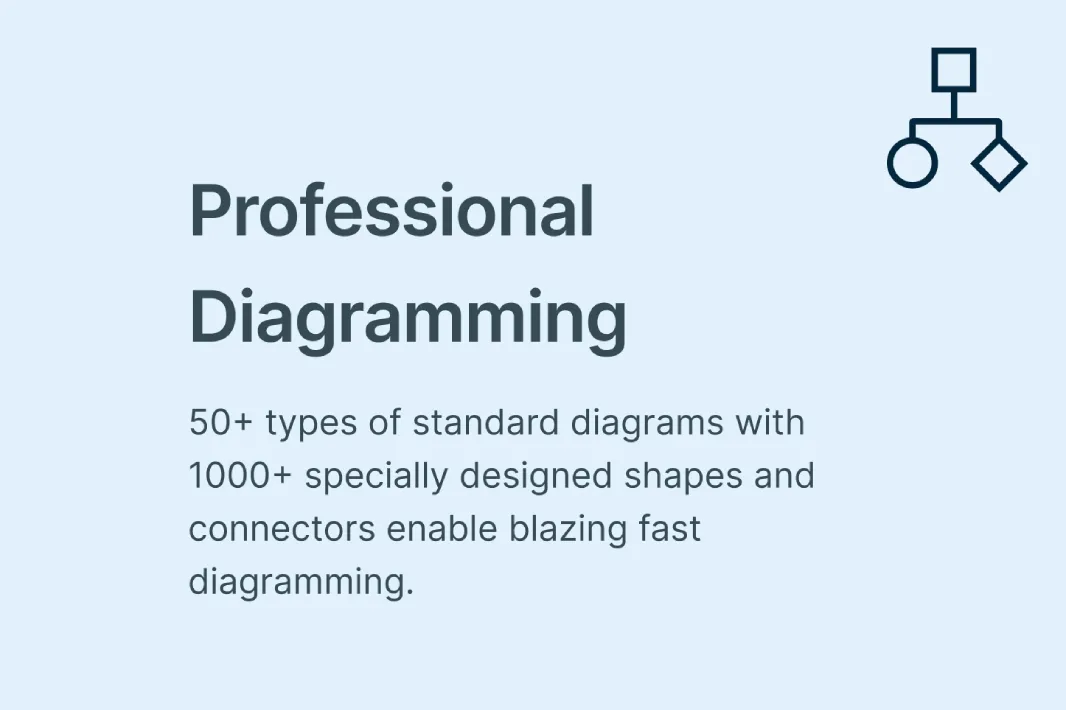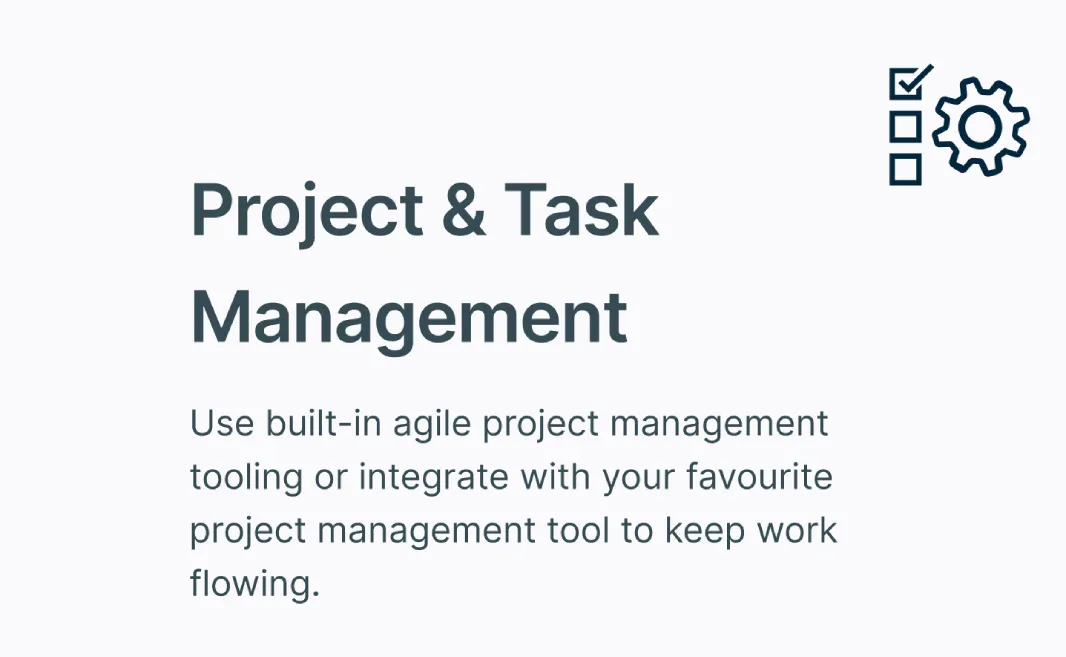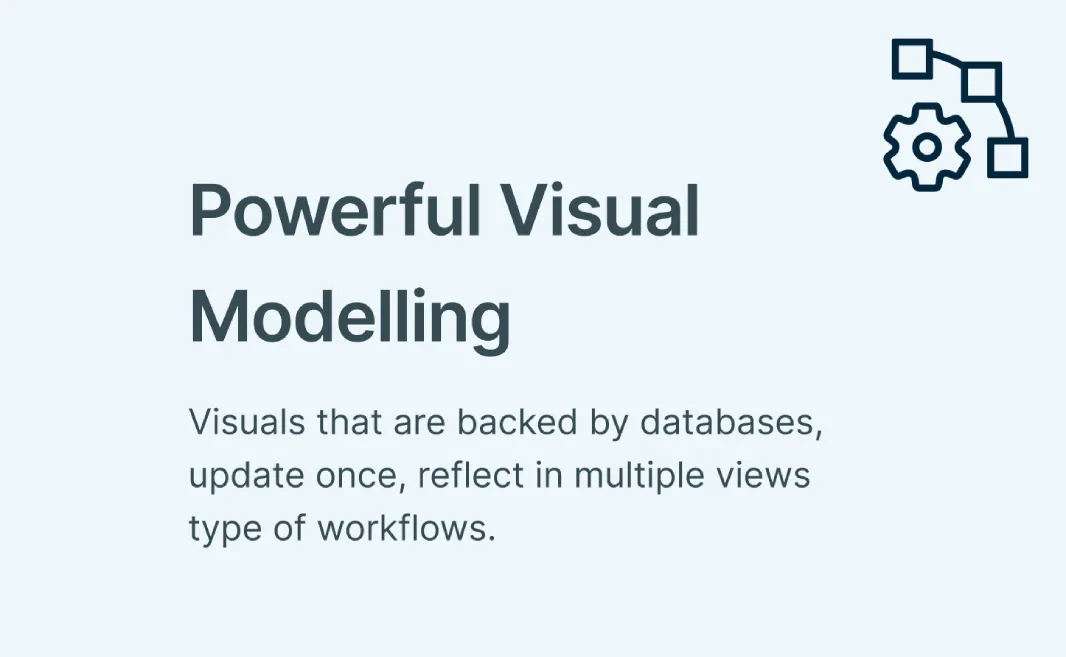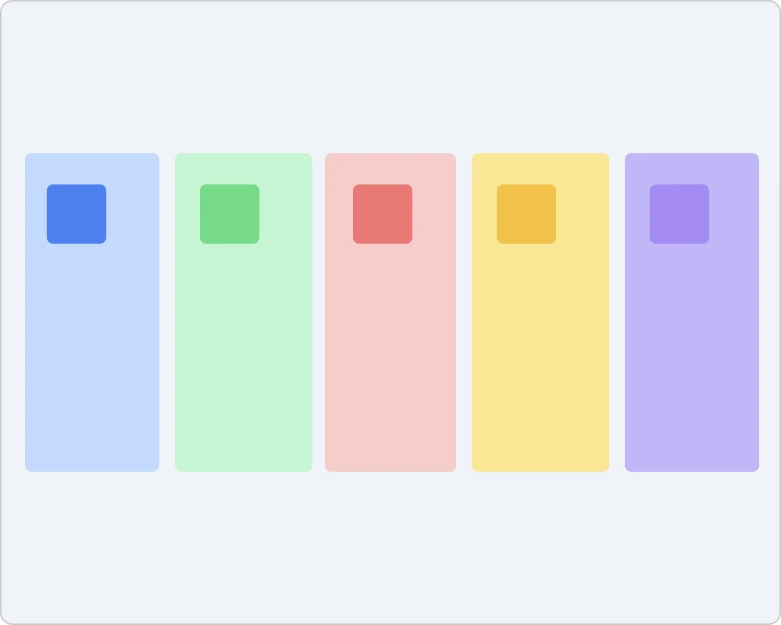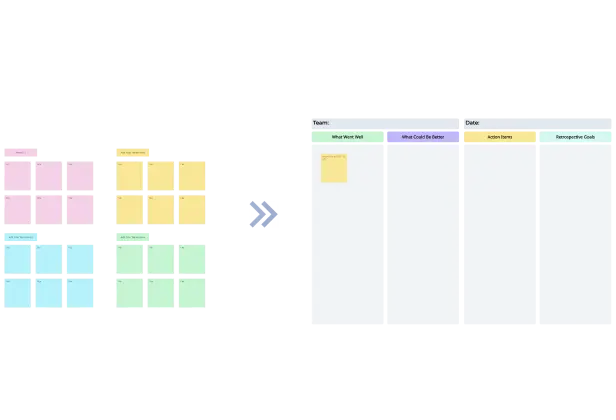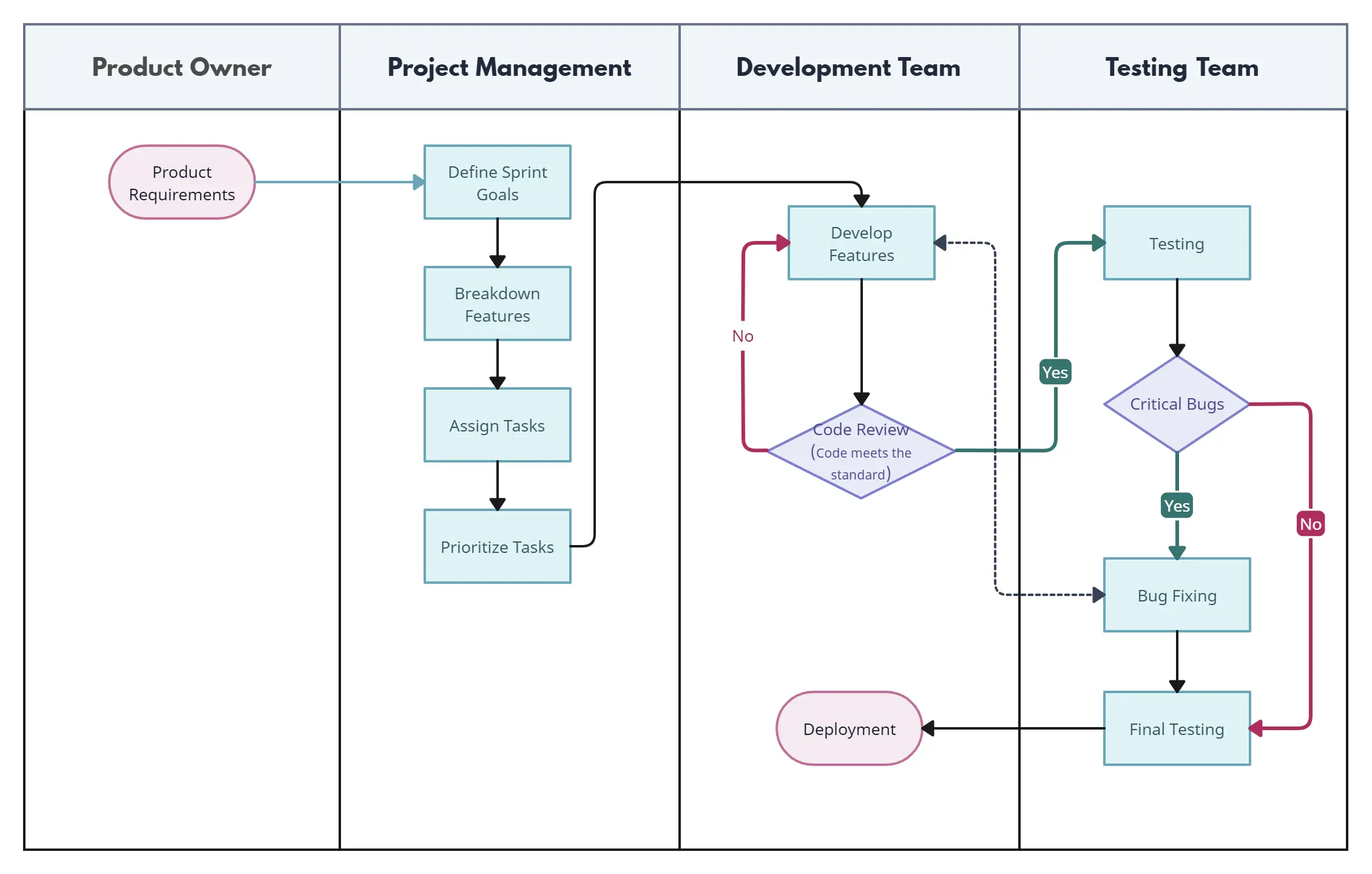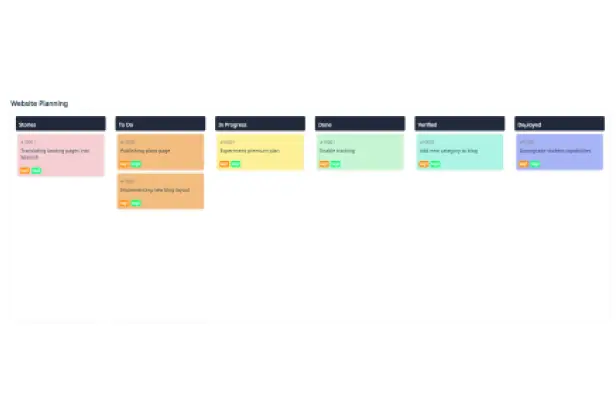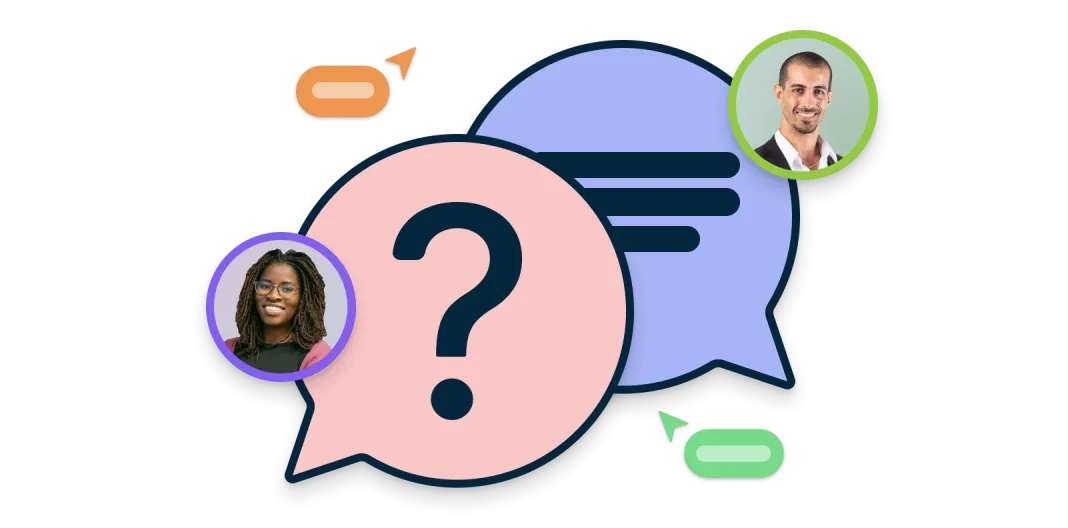Design Sprint Template
Create User-Centric Solutions Together
Run effective design sprints using Creately’s purpose-built design sprint template. Move from problem to tested solution in just days—all within a collaborative, visual workspace that keeps your team aligned and focused.
- Complete set of design sprint toolkits
- Collaborative whiteboard to spark innovation
- Involve multiple stakeholders with real-time collaboration
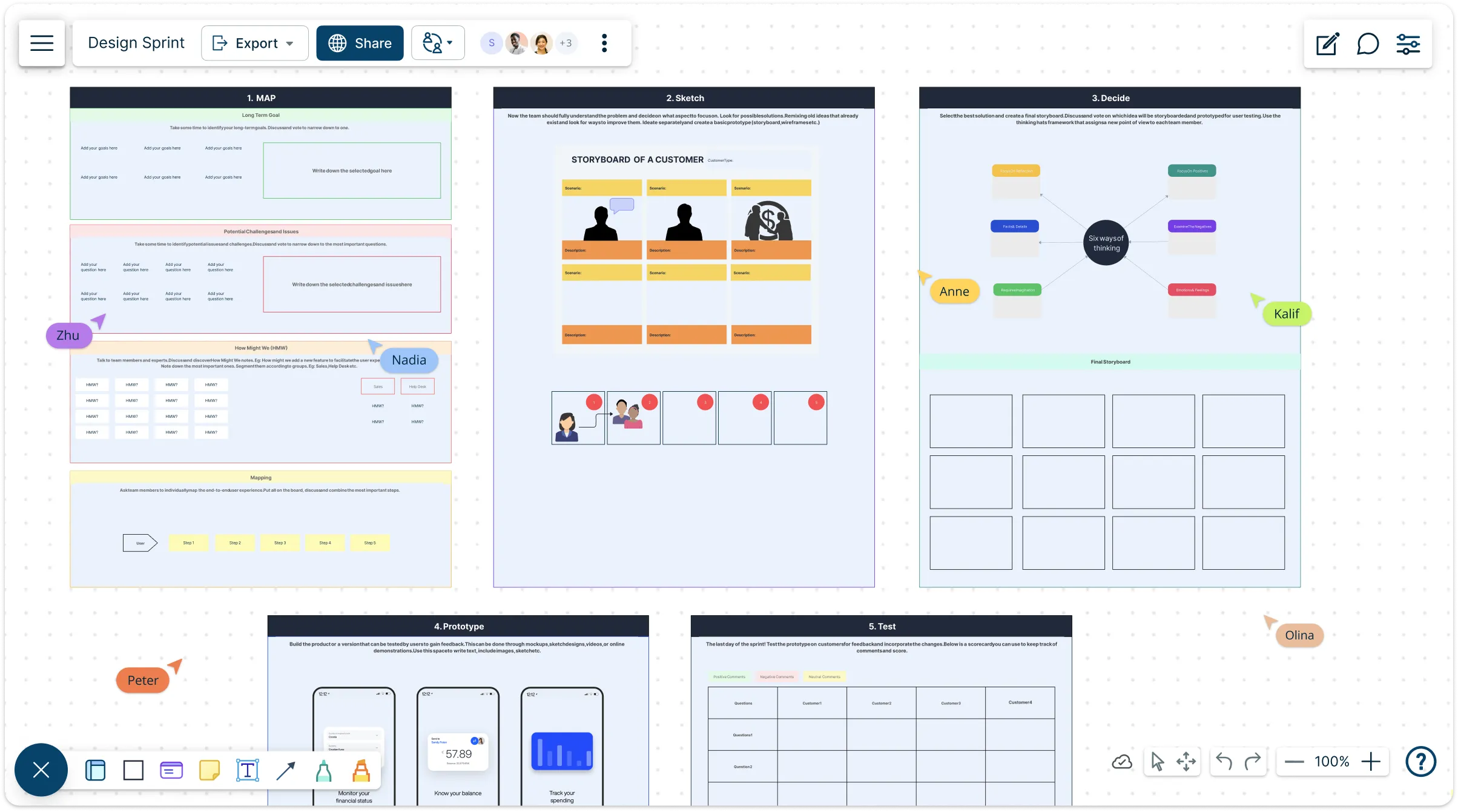
Over 10 Million people and 1000s of teams already use Creately

AI Design Sprint Generator
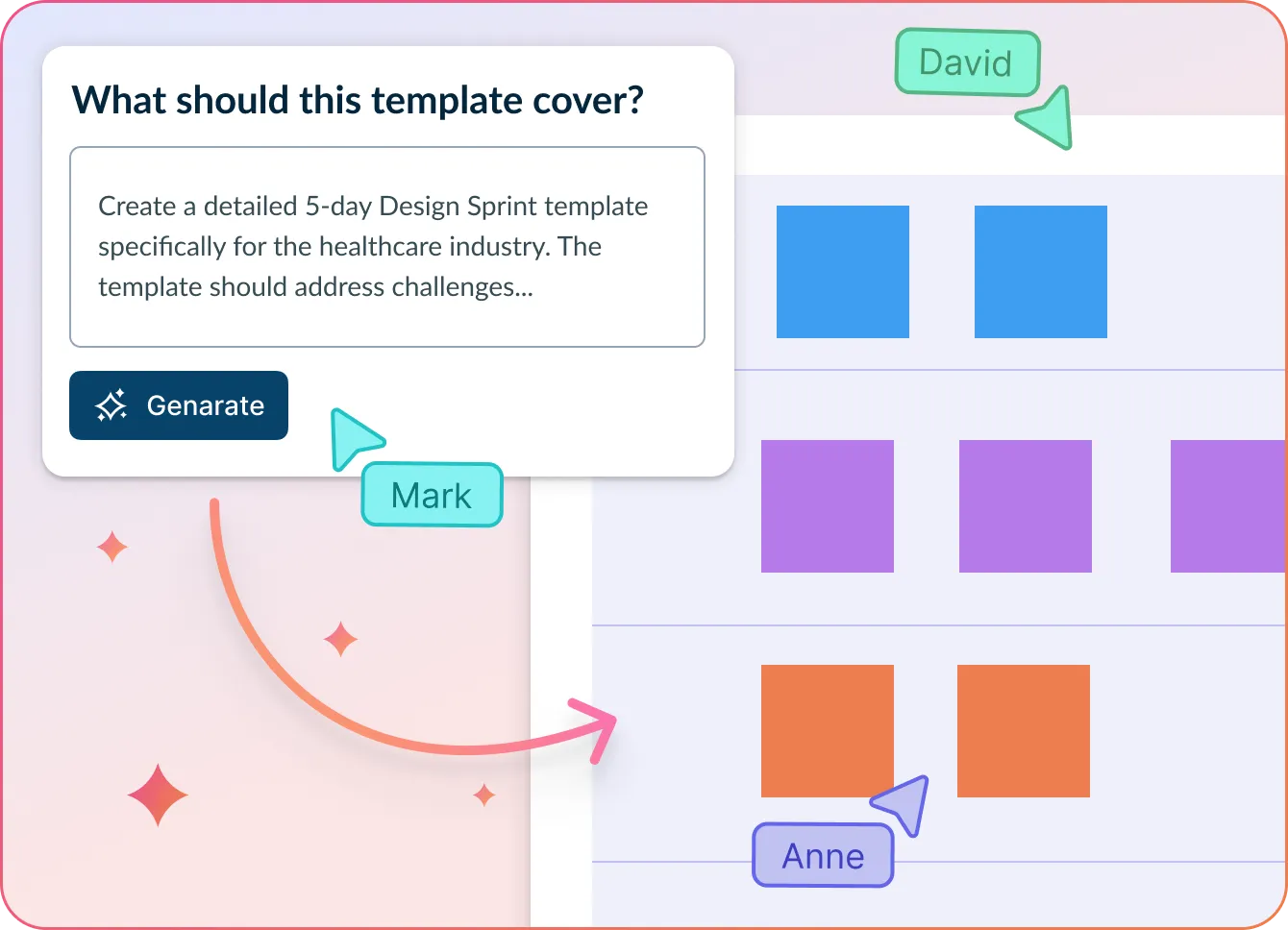
Launch design sprints faster with instant structure and AI-powered prompts
- Enter your product idea or challenge.
- Click Generate with AI → watch Creately create a step-by-step sprint plan with mapped activities, questions, and templates.
- Customize, collaborate, and execute—all within a shared visual workspace.
Why teams love Creately’s AI Design Sprint
 Start faster – Auto-generate tailored sprint frameworks in seconds.
Start faster – Auto-generate tailored sprint frameworks in seconds. Stay focused – AI guides each phase—Understand, Sketch, Decide, Prototype, and Test—with contextual prompts.
Stay focused – AI guides each phase—Understand, Sketch, Decide, Prototype, and Test—with contextual prompts. Secure workspace – All sprint data stays inside Creately—no external AI sharing.
Secure workspace – All sprint data stays inside Creately—no external AI sharing. Made for global teams – Works in any language, with real-time or async collaboration.
Made for global teams – Works in any language, with real-time or async collaboration. Boost team clarity – Ensure alignment with ready-made boards and visual flows.
Boost team clarity – Ensure alignment with ready-made boards and visual flows.
Jumpstart Your Sprint with These Design Sprint Templates
Visualize and Execute Every Phase of Your Design Sprint
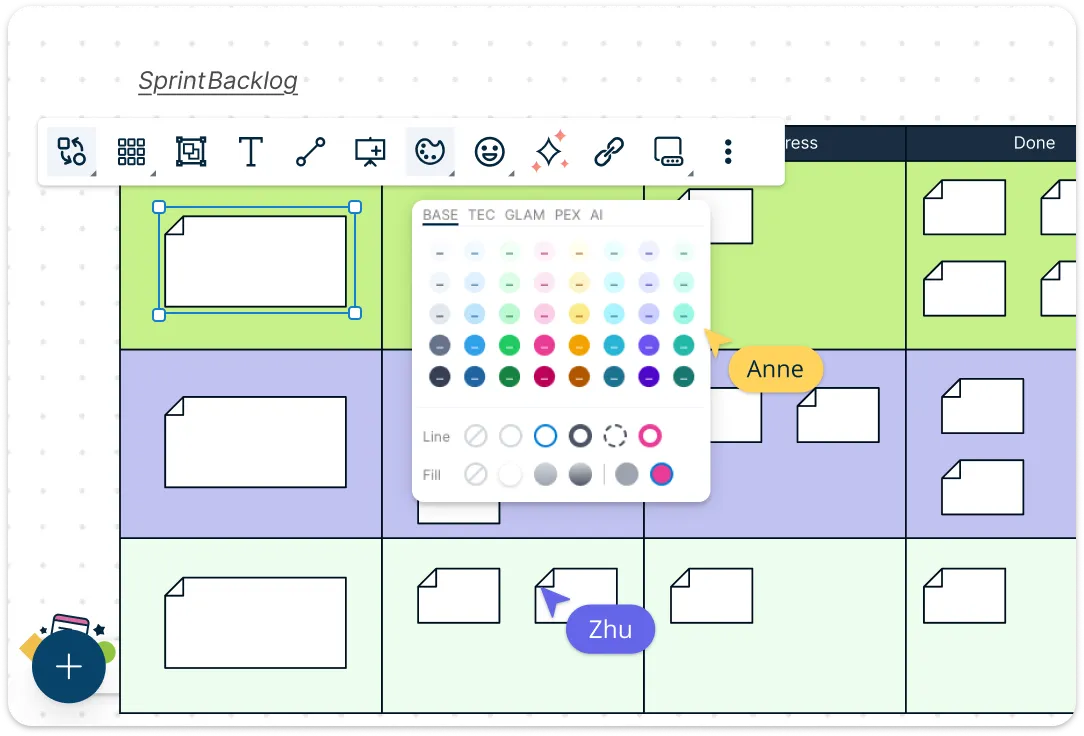
Creately’s design sprint template gives teams everything they need to navigate the full sprint journey—from defining problems to testing solutions. It includes pre-built templates for each sprint stage, such as understanding user needs, sketching ideas, making decisions, prototyping, and testing. The infinite visual canvas lets you map user journeys, workflows, and wireframes with complete freedom, helping teams better organize ideas and spot opportunities. You can also enrich each element with contextual data, documents, and links—keeping your sprint space centralized and easy to manage.

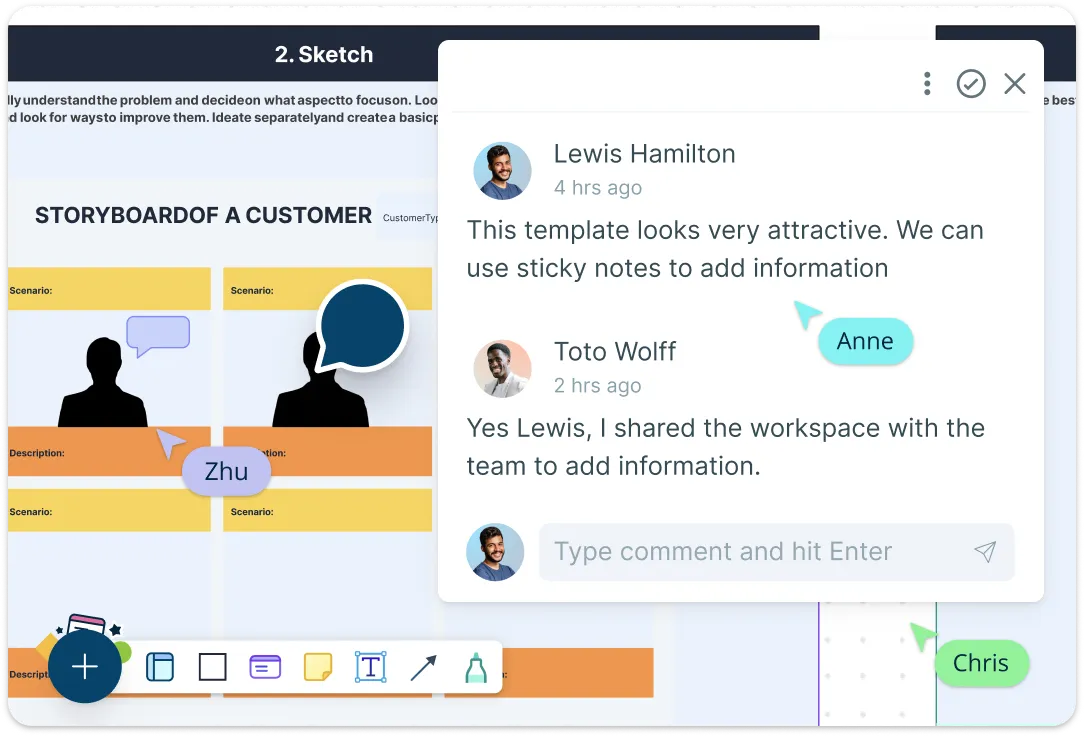
Collaborate Seamlessly with Your Entire Team

Design sprints thrive on collaboration, and Creately’s design sprint brief is built to bring your entire team into one visual space. Whether you’re working remotely or in person, you can co-create in real time, leave comments, and host discussions without switching tools—thanks to built-in collaborative brainstorming and editing features. Instant notifications and threaded discussions keep the momentum going, while version history and role-based access controls ensure secure, trackable changes. This shared environment helps everyone stay in sync, contribute meaningfully, and move faster toward validated solutions.
Supercharge Your Sprint with Creately AI
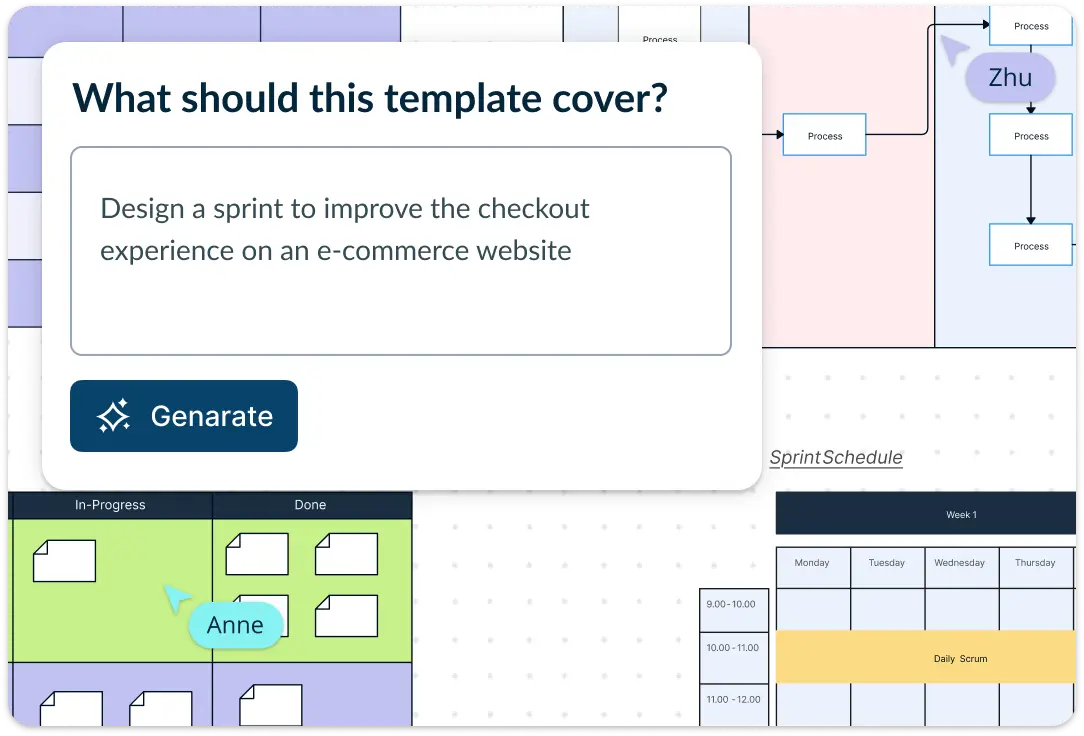
Creately AI, the platform’s built-in AI assistant, adds a new level of speed and intelligence to your design sprint workflow. With simple prompts, you can generate entire sprint boards, auto-map ideas from text, and transform meeting notes into structured diagrams. Creately AI helps define user personas, generate empathy maps, and suggest next steps based on your project context. During ideation or prototyping, the AI can recommend layout changes, organize tasks, and even draft visual flows—reducing manual work and keeping your team focused on creativity and innovation. With AI on your side, every stage of the sprint becomes faster, clearer, and more productive.

What Is a Design Sprint Template?

How to Use Creately’s Design Sprint Template?
Start with a ready-to-use template:
Begin by launching Creately’s pre-built design sprint example from the library. The layout includes dedicated sections for each sprint phase—Understand, Ideate, Decide, Prototype, and Test—so your team knows exactly where to start. With Creately AI, use a quick AI prompt like “Generate a sprint board for a mobile app launch” to instantly populate the canvas with relevant blocks, sticky notes, and guiding questions.Customize the canvas with context:
Add your problem statements, user research, personas, and goals directly onto the infinite canvas. You can link documents, create user flows, or map out challenges visually. With Creately AI, you can turn rough notes or meeting transcripts into structured diagrams like user journeys or empathy maps. Just type what you have, and the AI will suggest a clean visual format automatically.Collaborate with your team in real time:
Invite your team members and stakeholders to the canvas. Everyone can contribute simultaneously—whether it’s adding sticky notes, sketching ideas, or commenting.Brainstorm and sketch faster:
In the ideation phase, use the whiteboard to drop ideas, sketch flows, and explore alternatives.Prototype and test directly in the workspace:
Once your idea is selected, use the template’s prototyping section to sketch simple wireframes or workflows. You can create low-fidelity prototypes right on the canvas and link screens to simulate basic user flows.Present and gather feedback effortlessly:
Use presentation mode to walk your team or test users through your sprint outcomes. You can collect feedback using comments or annotations, and refine your prototype or idea directly within the same canvas.
Sprint-Ready Templates for Fast Innovation
FAQs About the Design Sprint Template
Who should use a design sprint template?
How does Creately’s design sprint example help teams collaborate?
What makes Creately’s design sprint template different?
How does AI support the design sprint process in Creately?
Can I customize the template to match our sprint process?
Do I need design experience to use the design sprint template?
Can I reuse the template for multiple sprints or projects?





